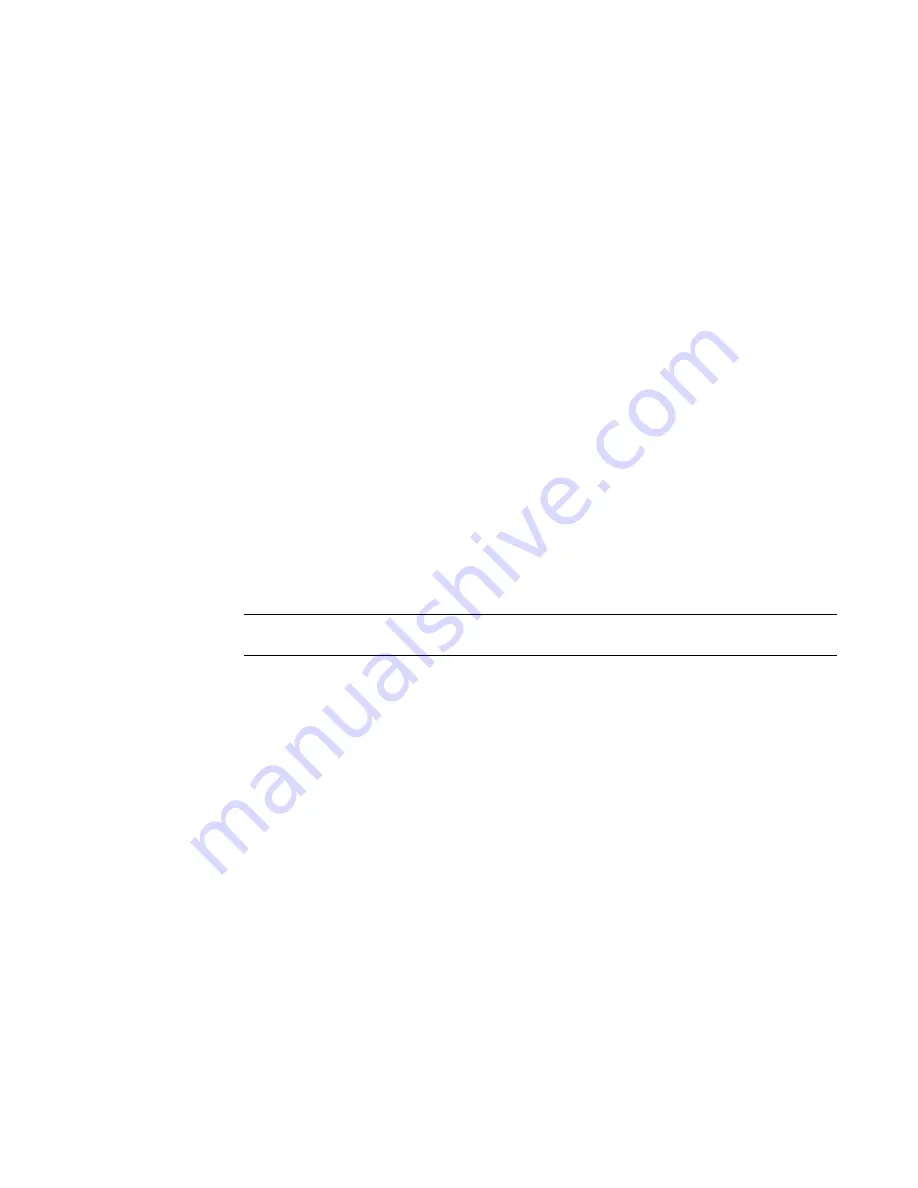
Formatting Schedules
You have several choices available for formatting the look of the schedule. You can
■
Specify the order and type of properties to display
■
Create totals
■
Create your own custom properties, which you can then include in the schedule
■
Apply phases to a schedule
Schedule Tips
■
Mouse-wheel scrolling is available in schedule views. Move the mouse wheel to scroll vertically. Hold
SHIFT
and move the wheel to scroll horizontally.
■
You can select an element in a non-schedule view by clicking in a cell in a schedule. This works best if
you are tiling windows. To change the non-schedule view to see the element more clearly, in the schedule
view, on the Options Bar, click Show. After you click the Show button, the Show Elements in View dialog
displays. You can continue to click Show in this dialog to open other views that show the element.
Creating a Schedule or Quantity
1
Click View menu
➤
New
➤
Schedule/Quantities, or on the View tab of the Design Bar, click
Schedule/Quantities.
2
In the New Schedule dialog, select a component from the category list. A default name appears
in the Name text box, which you can change as necessary.
3
Select Schedule building components.
NOTE
Do not select Schedule keys. If you want to create a key schedule, see
Key Schedules
on page
125.
4
Specify the phase.
5
Click OK.
6
In the Schedule Properties dialog, specify the schedule properties. See
Specifying Schedule
Properties
on page 128.
7
Click OK.
Key Schedules
Schedules, particularly for windows, doors, or rooms, can comprise multiple items that have the same
characteristics. For example, a room schedule might have 100 rooms with the same floor, ceiling, and base
finishes. Rather than enter all this information manually for all 100 rooms in the schedule, you can define
keys that automatically fill in information. If a room has a defined key, then as that room is added to a
schedule, fields in the schedule automatically update, reducing the time required to produce the schedule.
You define keys using key schedules. Key schedules look very similar to component schedules, except you
define them to your specifications. When you create a key, it is listed as an instance property for the element.
When you apply a value for the key, then the key's attributes are applied to the element.
Creating a Schedule or Quantity | 125
Summary of Contents for 24000-000000-9860 - Revit Architecture - PC
Page 1: ...Revit Architecture 2009 User s Guide April 2008 240A1 050000 PM02A ...
Page 4: ......
Page 56: ...18 ...
Page 116: ...78 Chapter 3 Revit Essentials ...
Page 172: ...134 Chapter 4 ProjectViews ...
Page 178: ...Schedule with Grid Lines Schedule with Grid Lines and an Outline 140 Chapter 4 ProjectViews ...
Page 554: ...516 ...
Page 739: ...Curtain wall Curtain Grid Curtain Walls Curtain Grids and Mullions 701 ...
Page 1004: ...966 ...
Page 1136: ...1098 ...
Page 1226: ...1188 ...
Page 1250: ...1212 ...
Page 1276: ...1238 Chapter 20 Design Options ...
Page 1310: ...1272 ...
Page 1366: ...1328 ...
Page 1406: ...1368 ...






























